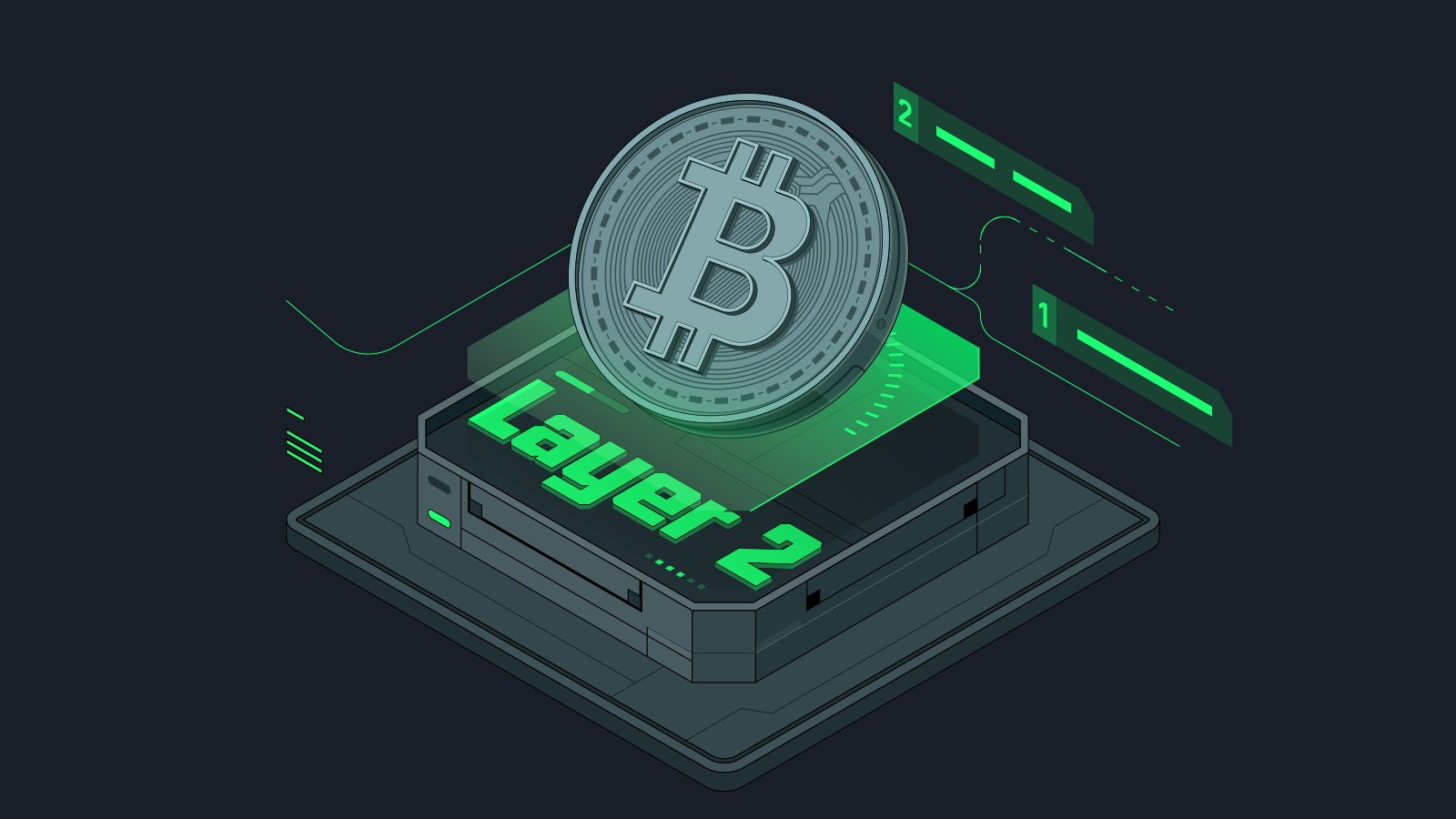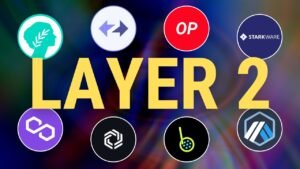Bitcoin, the world’s first cryptocurrency, is a financial revolution, but its blockchain can be slow and expensive during peak times. Enter Layer-2 scaling solutions—clever technologies that make Bitcoin faster, cheaper, and more versatile without messing with its rock-solid security. In 2025, these solutions are transforming Bitcoin from “digital gold” into a practical tool for everyday transactions and cutting-edge apps. Whether you’re new to crypto or a seasoned hodler, this guide breaks down what Bitcoin Layer-2s are, how they work, and the top projects to watch—all in plain English.
What Are Bitcoin Layer-2 Scaling Solutions?
Think of Bitcoin’s blockchain as a busy highway. It’s secure and reliable, but it can only handle about 7 transactions per second (TPS), compared to Visa’s 1,700 TPS. When too many people try to use it, fees spike, and transactions crawl. Layer-2 (L2) solutions are like express lanes built alongside the highway. They process transactions off the main Bitcoin blockchain (Layer-1), then bundle them up and settle them on the main chain, keeping things fast, cheap, and secure.
L2s don’t change Bitcoin’s core code, which is sacred to its community for its decentralization and security. Instead, they add a secondary layer to handle the heavy lifting, making Bitcoin usable for everything from buying coffee to powering decentralized finance (DeFi) apps. In 2025, L2s are booming, with over 75 projects and $447 million in venture funding since 2018, especially in sidechains and rollups.

Why Do We Need Layer-2 Solutions?
Bitcoin’s design prioritizes security and decentralization over speed. Its 1 MB block size (expanded to 4 MB with the 2017 SegWit upgrade) and 10-minute block time limit its throughput. During peak usage, like the 2024 surge in BRC-20 token activity, fees can hit $5 or more, making small transactions impractical. Layer-2 solutions fix this by:
- Boosting Speed: Transactions that take minutes on the main chain can settle in seconds on L2s.
- Slashing Fees: Off-chain processing cuts costs, enabling micropayments as low as a few cents.
- Adding Features: Some L2s bring smart contracts and DeFi to Bitcoin, which its basic scripting language can’t support natively.
- Reducing Congestion: By moving transactions off-chain, L2s keep the main blockchain running smoothly.
This makes Bitcoin more practical for daily use and opens doors to new applications, like NFT marketplaces and gaming platforms, all while leaning on Bitcoin’s unmatched security.
Top Bitcoin Layer-2 Solutions to Know in 2025
The Layer-2 ecosystem is buzzing with innovation. Here are the standout projects reshaping Bitcoin’s future, each with unique approaches to scalability and functionality.
1. Lightning Network: The Speed King
The Lightning Network, launched in 2018, is the most established Bitcoin L2. It uses payment channels where users can transact off-chain instantly, only recording the final balance on Bitcoin’s blockchain. Imagine it like a bar tab—you settle up once, not for every drink. It can theoretically handle 1 million TPS, perfect for micropayments like tipping on X or buying a smoothie.
Pros: Near-instant transactions, tiny fees, and wide adoption (e.g., Jack Dorsey’s support for Bitcoin tips on Twitter).
Cons: Limited smart contract support and occasional issues with channel liquidity.
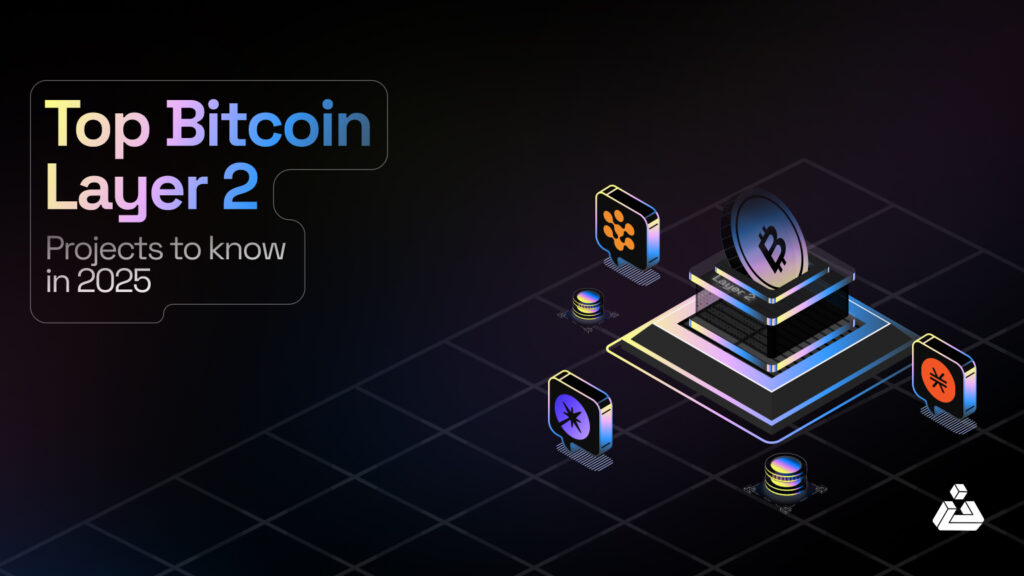
2. Stacks: Smart Contracts on Bitcoin
Stacks brings Ethereum-style smart contracts to Bitcoin, letting developers build DeFi apps, NFTs, and more. It’s a separate blockchain anchored to Bitcoin via Proof of Transfer (PoX), where STX token holders earn BTC rewards by validating transactions. The 2024 Nakamoto upgrade boosted its speed with fast blocks, and the upcoming sBTC upgrade will allow seamless BTC transfers between Layer-1 and Layer-2.
Pros: Unlocks DeFi and NFTs on Bitcoin, with strong community support.
Cons: Still maturing, with some complexity for new users.
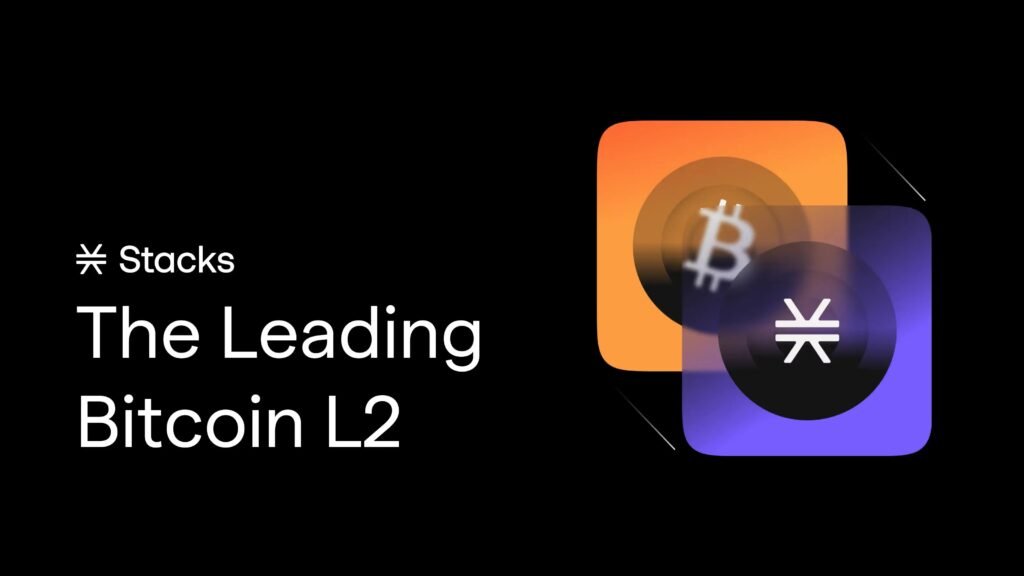
3. Liquid Network: Institutional Powerhouse
Run by the Liquid Federation, this sidechain focuses on high-volume transactions for exchanges and financial institutions. It offers faster confirmations and privacy features like Confidential Transactions. However, its federated model, with 15 functionaries signing transactions, makes it less decentralized than Bitcoin’s main chain.
Pros: Ideal for large-scale transfers and privacy-focused users.
Cons: Centralized governance raises trust concerns.
4. Rootstock (RSK): Ethereum Meets Bitcoin
Rootstock is a sidechain that brings Ethereum-compatible smart contracts to Bitcoin. It uses a two-way peg to lock BTC on the main chain and issue RBTC on Rootstock, enabling DeFi and dApps. Its merge-mining with Bitcoin ensures security, but its adoption lags behind Ethereum-based L2s.
Pros: Robust smart contract platform with Bitcoin’s security.
Cons: Limited user base compared to Ethereum’s ecosystem.
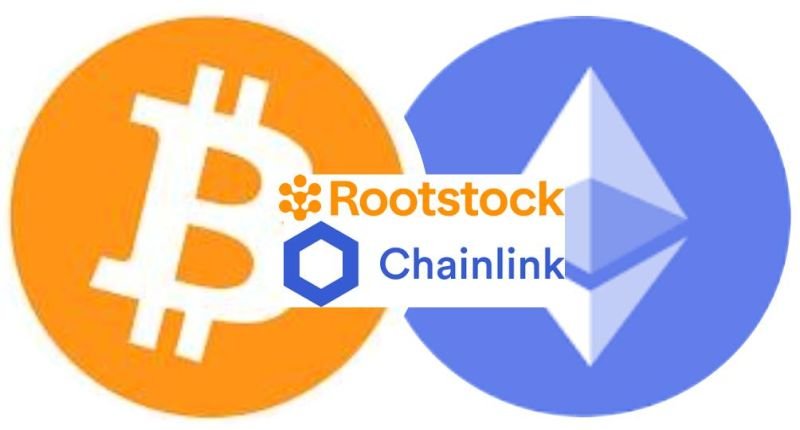
5. Merlin Chain: ZK-Powered Innovation
Launched in 2024, Merlin Chain uses zero-knowledge (ZK) rollups to scale Bitcoin, supporting dApps like NFTs, SocialFi, and AI. Its decentralized oracle network and fraud-proof modules enhance security, but its growth in active addresses has been slower than expected.
Pros: Cutting-edge ZK tech for privacy and scalability.
Cons: Early-stage project with limited liquidity (74.9% of MERL tokens locked).
6. Citrea: Bitcoin’s First ZK Rollup
Citrea, launched in 2024 by Chainway Labs, is Bitcoin’s first ZK-rollup, using zero-knowledge proofs and BitVM to process transactions off-chain while settling on Bitcoin’s main chain. Its open-source data availability adapter makes it developer-friendly, paving the way for scalable dApps.
Pros: High throughput and developer tools for rollup creation.
Cons: Still in early adoption phase.
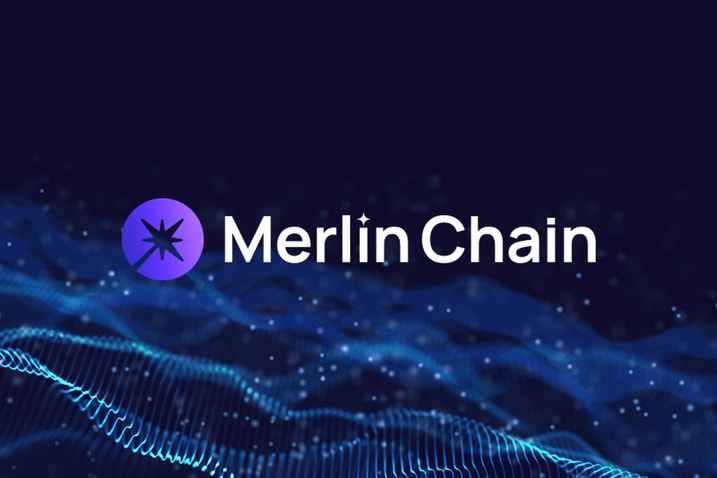
7. GOAT Network: DeFi and Yield Farming
GOAT Network, a 2025 newcomer, uses ZK-rollups to offer 2-10% BTC/DOGE yields through staking and DeFi platforms like GOAT Safebox. Its decentralized sequencer ensures security, making it a hot topic on X for Bitcoin DeFi enthusiasts.
Pros: High-yield opportunities and user-friendly DeFi.
Cons: New project with unproven long-term stability.
How Do Bitcoin Layer-2s Ascertain Solutions Work?
Layer-2 solutions come in three main flavors, each tackling scalability differently:
- State Channels: Like the Lightning Network, these are private off-chain channels for rapid transactions, with only opening and closing balances recorded on-chain.
- Sidechains: Independent blockchains (e.g., Liquid, Rootstock) pegged to Bitcoin, offering faster transactions and sometimes smart contracts.
- Rollups: These process transactions off-chain, compress them, and settle on Bitcoin’s main chain, often using ZK-proofs for efficiency (e.g., Citrea, Merlin).
All rely on Bitcoin’s main chain for final settlement, ensuring its security and decentralization. Rollups and sidechains can add smart contract functionality, while state channels focus on speed and cost. Each balances trade-offs: sidechains may sacrifice some decentralization, while rollups prioritize efficiency but are complex to implement.

Challenges and Trade-Offs of Layer-2 Solutions
While L2s are game-changers, they’re not perfect:
- Complexity: Setting up Lightning Network channels or understanding rollups can be tricky for beginners.
- Liquidity Issues: Channels or sidechains need enough funds to operate smoothly, which can limit accessibility.
- Centralization Risks: Some solutions, like Liquid Network’s federated model, rely on fewer validators, raising trust concerns.
- Adoption: Despite growth, many L2s are still gaining traction compared to Bitcoin’s main chain.
Still, ongoing improvements—like Lightning’s smarter routing protocols and Citrea’s open-source tools—are making L2s more user-friendly and robust.
The Future of Bitcoin Layer-2s in 2025 and Beyond
The Layer-2 ecosystem is exploding, with 44% of 2024’s crypto venture capital going to Bitcoin L2s, up 159% from the previous quarter. Projects like Stacks are rolling out upgrades like sBTC for seamless BTC transfers, while newcomers like Spark and GOAT Network are adding stablecoin and DeFi capabilities. These advancements could make Bitcoin a hub for everything from instant payments to complex dApps, all while keeping its core secure and decentralized.
By solving scalability, L2s are making Bitcoin practical for everyday use and competitive with newer blockchains like Solana, which boasts thousands of TPS. As adoption grows, expect more businesses, from coffee shops to DeFi platforms, to embrace Bitcoin L2s, driving it toward mass adoption.


